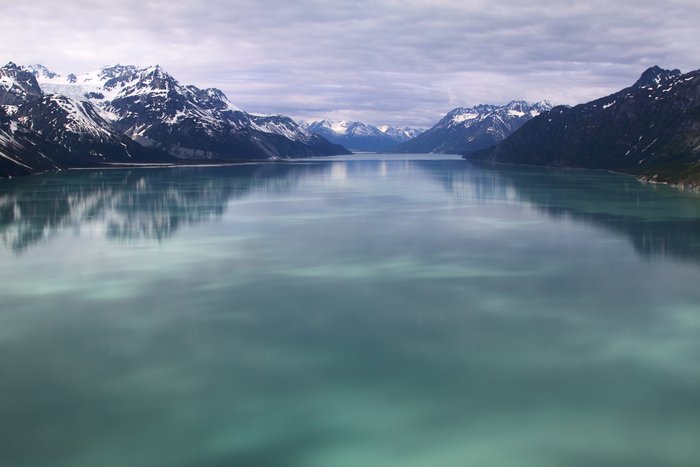
- Summary
- Location, Economics, and Capacity
- Environmental Concerns
- Comparison to Susitna
- Current Status
Summary
The proposed 330 MW Chakachamna hydroelectric project would divert water from Chakachamna Lake in Southcentral Alaska to an underground power station 10-12 miles away. The major concerns about the project are the impact on fisheries and the risk of seismic hazards. In 2010, the Alaska Energy Authority (AEA) chose to focus on the Susitna-Watana hydro project over Chakachamna, and the latter has since been in stasis.

Location, Economics, and Capacity
Chakachamna Lake is located about 85 miles west of Anchorage, at the base of Mt. Spurr. The project calls for an 10-12-mile tunnel running southeast from the outlet of the lake to an underground 330 MW power station just north of the McArthur River. The proposed project would not necessarily involve construction of a dam at the lake, although that is a possibility.
In 2010, the cost of the project was estimated at $1.7 billion, which would translate into a power cost of 9 cents/kWh.
Environmental Concerns
As with the Susitna hydro project, the most significant environmental concerns with the Chakachamna project relate to seismic risk and the impact on fisheries.
Fisheries
There are naturally occurring salmon runs (primarily sockeye) into Chakachamna Lake that would be affected by this project. The use of fish ladders and tunnels would likely mitigate problems relating to construction of a dam at the outlet of the lake, and the 2006 version of the project calls for no dam at all. However, the diversion of water associated with the project would greatly reduce water flows in the river.
Seismic Hazards
In its 2010 decision to give preference to Susitna rather than Chakachamna, the AEA stated:
“Both projects have some seismic risk; however the dams and powerhouses could be designed to withstand major seismic events as long as a fault does not pass through the structure. The Chakachamna Project has a relatively greater risk of damage to the power tunnel or fish passageway during a seismic event or volcanic eruption.”
While it may be true that the Chakachamna project has a greater probability of some kind of seismic failure, it should be noted that the worst case scenario (a major earthquake under the project) would be far worse for a large impoundment dam like Susitna.
Comparison to Susitna
Discussion of the Chakachamna project has often been overshadowed by discussion of the larger Susitna project. In early 2010, the AEA-commissioned “Alaska Railbelt Regional Integrated Resource Plan (RIRP) Study” was released, which expressed a preference for pursuing Chakachamna over Susitna. Later that year, however, the AEA produced its own “Railbelt Large Hydro Evaluation Preliminary Decision” in which it stated a strong preference for Susitna over Chakachamna.
In this report, the AEA cited the following major reasons for its preference:
-While Susitna would cost 50% more, it would produce twice the power.
-The risk of cost overruns was higher with Chakachamna because of underground construction and steep terrain.
-The environmental impact of Chakachamna would be greater because of existing salmon migration into the lake.
-Licensing, permitting, and construction of Chakachamna would take 3.5 years longer than for Susitna.
-The Chakachamna project would be more susceptible to seismic hazards (see above).
-Due to its smaller size, the Chakachamna project alone would not suffice to help the state of Alaska meet its stated goal of 50% renewable energy by 2025.
Nonetheless, the AEA recommended continued study of the Chakachamna project as an alternative to Susitna if necessary.
Current Status
Since the 2010 AEA decision to favor Susitna over Chakachamna, no progress has been made on the Chakachamna project, and the project website has disappeared.
Further Reading
- > "Chakachamna Hydroelectric Project Interim Feasibility Assessment Report" (1983) Produced by Bechtel Civil & Minerals Inc.
- > Chakachamna Preliminary Permit from the FERC (2006)
- > Chakachamna Status Report (2010) presentation by TDX Power
- > "Railbelt Large Hydro Evaluation Preliminary Decision" (2010) Produced by the Alaska Energy Authority (AEA)
Created: Jan. 19, 2018